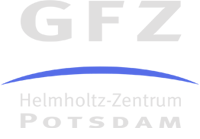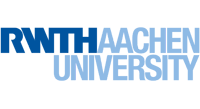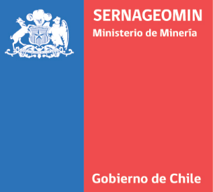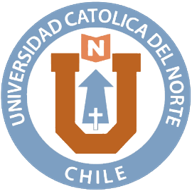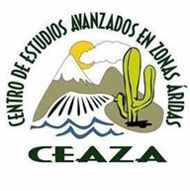Estimation of surface protection via microbial networks in saltand soil crusts in the Atacama Desert
Research area: Biogeosciences, Geobiology, Earth Surface Processes
Principal investigators: Prof. Dr. Christine Heim, Dr. Benedikt Ritter
Project Info: Phase 3
Microbial life in the Atacama Desert is ubiquitous and very well-adapted to severe water limitation. Although abundances may vary, all sampling sites investigated to date contain traces of microbial life. Due to the harsh environmental conditions, surfaces are only partially colonized by microbial life (lithobiontic), but microorganisms are particularly active within surface crusts or even below (endolithic). Microbial communities consisting of photoautotrophic and chemoheterotrophic organisms from different groups of bacteria, archaea, and eukaryotes inhabit such endolithic environments. Organic network structures formed by various organisms may significantly modify the surface properties of evaporitic soil crusts, resulting in a protective surface layer similar to a vegetation cover in more humid environments. Wind erosion is widespread in drylands and is the predominant cause of land degradation (Oldeman, 1992; Sterk et al., 2001). Investigations show that areas with well-developed organic networks are less prone to erosion compared to areas where these networks are less developed or lost due to changing environmental boundary conditions, despite microorganisms being present. Although fog is a likely water source for surface and subsurface inhabiting communities in desert environments, the distribution and abundance of microbial networks cannot be correlated solely with the availability of fog moisture. Hence, a detailed characterization of both the surface sediment crust and the organic matter (OM) present within is necessary to shed light on the recent and ancient microbial activity and to estimate surface protection capabilities in relation to and interrelation with the surrounding mineral matrices. These microbial processes play a crucial role in the critical zone of the Atacama Desert and have probably a significant impact on the long-term shaping of its landscapes.
Phase 2
The mutual interrelation of microbial communities with evaporites and soil crusts in the Atacama Desert
Research area: Geobiology, Biogeosciences, Earth Surface Processes
Principal investigators: Prof. Dr. Christine Heim, Dr. Helge Missbach-Karmrodt
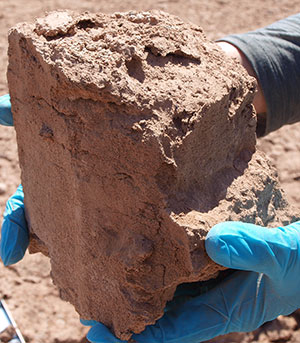 Lichen crusts on gypsum soils. Lichen crusts on gypsum soils.Photo: Christine Heim |
|
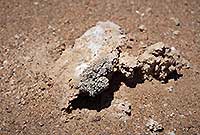 Gypsum crust with lichen. Gypsum crust with lichen.Photo: Isabel Prater |
|

Phototrophic organisms in halite. |
Microbial life in the Atacama Desert is present in evaporites and soil crusts and is very well-adapted to severe water limitations. Due to the harsh environmental conditions at the surface, microbial life is especially active within the surface crusts or even below. Microbial communities comprising of photoautotrophic and chemoheterotrophic organisms from different groups of bacteria, archaea and eukaryotes inhabit such endolithic environments.
The overarching goal of this project is to identify key players of the endolithic communities that influence and modify surrounding mineral phases including evaporitic substrates of the Atacama Desert. Organic network structures formed by various organisms may significantly change surface properties of evaporitic soil crusts leading to initial pedogenesis.
Even if such processes are slow and occur at small scale, they sustainably contribute to the shaping of the surface and biotic communities (i.e. creating preconditions for higher vegetation) over geological time scales.
Research Questions:
- How are microorganisms adapted to endolithic life in salt crusts?
- How does their metabolism affect or modify the surrounding mineralogical environment?
- Which lipids of these mineral-related-communities are specific and suitable biomarker for environmental reconstructions?
Publications
Project C9 - Publications
Article
Prater, I., Missbach-Karmrodt, H., König, K., Friedrich, D., Heim, C., 2024.
Biogeochemical traces and microbe-mineral interactions in the hyperarid core of the Atacama Desert.
Global and Planetary Change. 238, 32767 - 32767. DOI: 10.1016/j.gloplacha.2024.104463.








